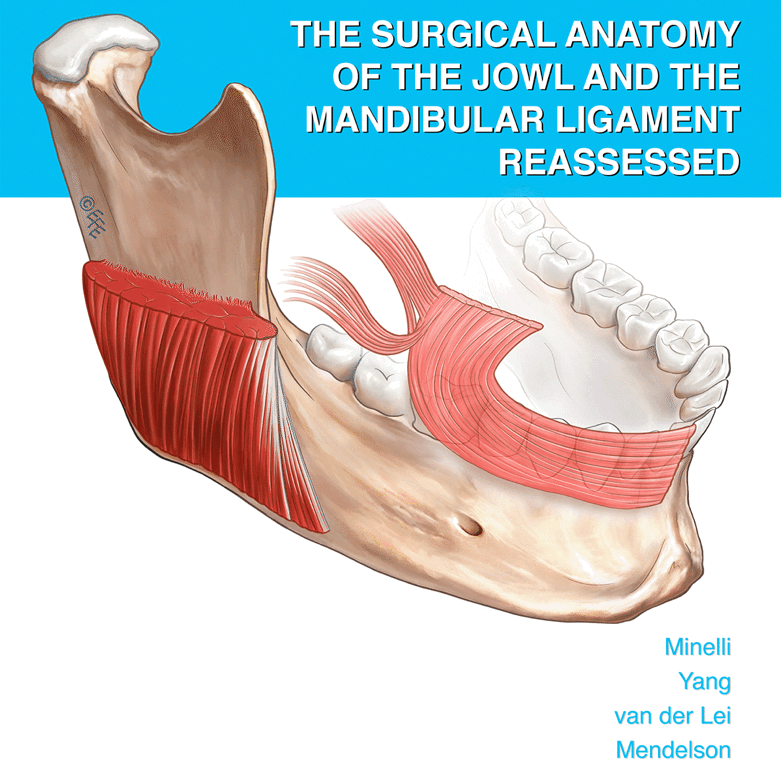Abstract
Aim:
The success of rapid maxillary expansion is hard to predict in patients from the age of 20. There are as yet no reliable parameters enabling us to define success or failure a priori. The aim of this study was thus to use micro-CT techniques to quantify suture morphology three-dimensionally, and investigate its relation to age.
Material and Methods:
The morphology of the midpalatal suture was evaluated by documenting 28 human-palate specimens from individuals aged 14–71 using computed tomography. The software AMIRA 3.00 was used for 3D (three-dimensional) reconstruction of the datasets. Sutural morphology was quantified and examined for age-dependent morphological characteristics with the software Image Tool 3.00. To that end, the specimens were assigned to three age groups (< 25 years, 25 years to < 30 years, ≥ 30 years) and the following parameters were considered: obliteration index in the frontal plane, and suture length, linear sutural distance, and interdigitation index in the horizontal plane, as well as bone density (BV/TV [%]) in the sagittal plane.
Results:
Significant differences between age groups were only found for bone density in sagittal dimension. The middle-aged group exhibited the highest bone density (53.2%). In comparison to that group, bone density was significantly lower in the youngest and the oldest age groups. The mean obliteration index exhibited substantial inter-individual variation, was generally low, and did not correlate with chronological age. The extent of interdigitation was independent of age.
Conclusions:
The necessity for surgical weakening can neither be explained by sutural interdigitation increasing with age nor by a higher obliteration index. Sutural bone density (hence the fracture resistance increasing with age) seems to be the parameter limiting conservative RME.
Zusammenfassung
Zielsetzung:
Bei Patienten älter als 20 Jahre ist es schwierig, den Erfolg einer konservativen GNE vorherzusagen. Bisher existieren keine verlässlichen Parameter, mit Hilfe derer a priori der Erfolg bzw. Misserfolg definiert werden kann. Daher war das Ziel der Studie, mit Hilfe der neuwertigen Mikro-CT-Technik dreidimensional die Morphologie der Sutur zu quantifizieren und in Abhängigkeit zum Alter zu setzen.
Material und Methodik:
Zur Evaluation der Morphologie der Sutura palatina mediana wurden 28 humane Gaumenpräparate von Individuen im Alter von 14 bis 71 Jahren computertomographisch dargestellt. Mit der Software AMIRA 3.00 wurden die Datensätze dreidimensional rekonstruiert. Die suturale Morphologie wurde mit Hilfe des Programms Image Tool 3.00 quantifiziert und auf altersspezifische morphologische Charakteristika untersucht. Dazu wurden die Präparate in drei Altersgruppen eingeteilt (< 25 Jahre, 25 Jahre bis < 30 Jahre, ≥ 30 Jahre) und folgende Parameter berücksichtigt: in der Frontalebene der Obliterationsindex, in der Horizontalebene die suturale Länge, die suturale Streckendistanz sowie der sich daraus ergebende Interdigitationsindex und in der Sagittalebene die Knochendichte (BV/TV [%]).
Ergebnisse:
Signifikante Unterschiede zwischen den Altersgruppen wurden nur hinsichtlich der Knochendichte in der Sagittalen registriert. Die höchste Knochendichte mit 53,2% zeigte die mittlere Altersgruppe. Die Knochendichten in der jüngeren und älteren Altersgruppe waren hierzu signifikant reduziert. Die mittleren Obliterationsindices waren bei großer interindividueller Variabilität generell gering und unabhängig vom chronologischen Alter. Die Intensität der Interdigitationen war altersunabhängig.
Schlussfolgerungen:
Die Notwendigkeit einer chirurgischen Schwächung kann weder mit einer zunehmenden suturalen Interdigitation noch mit einem erhöhten Obliterationsindex erklärt werden. Die altersabhängig zunehmende suturale Knochendichte mit konsekutiv steigender Frakturresistenz scheint der mechanisch limitierende Faktor einer konservativen GNE zu sein.
Similar content being viewed by others
Author information
Authors and Affiliations
Corresponding author
Additional information
* This paper was one of the two recipients of the Arnold Biber Research Award of the German Orthodontic Society for the year 2007.
Rights and permissions
About this article
Cite this article
Korbmacher, H., Schilling, A., Püschel, K. et al. Age-dependent Three-dimensional Microcomputed Tomography Analysis of the Human Midpalatal Suture*. J Orofac Orthop 68, 364–376 (2007). https://doi.org/10.1007/s00056-007-0729-7
Received:
Accepted:
Issue Date:
DOI: https://doi.org/10.1007/s00056-007-0729-7




